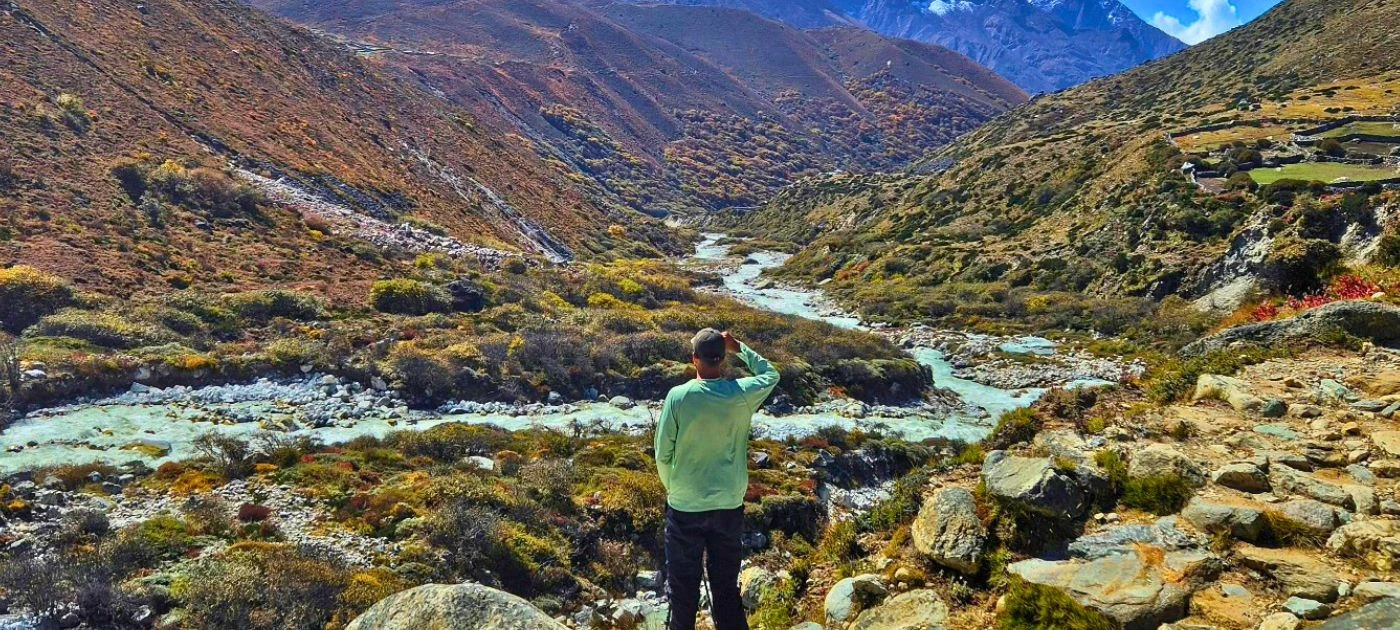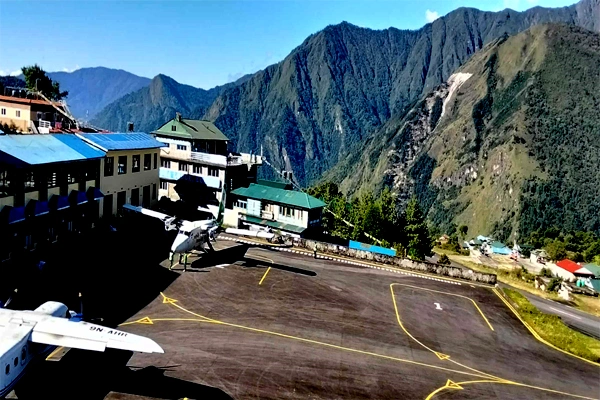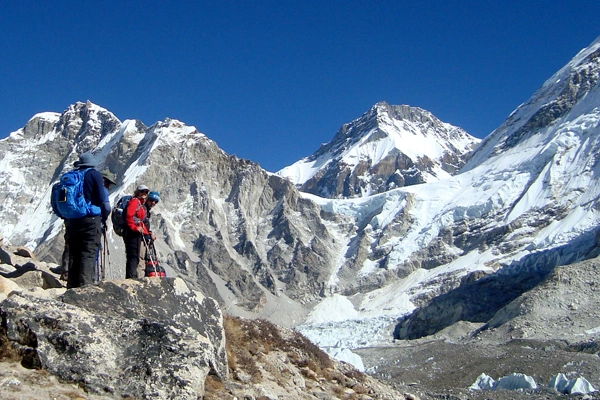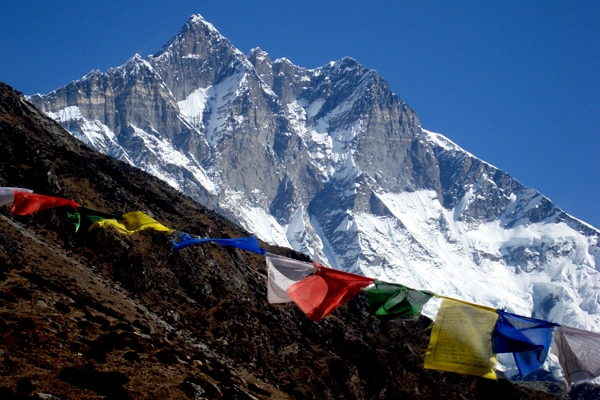Jan 04, 2026By Ram Thapa
Everest Base Camp Trek in January
Latest Travel Blogs
Jan 03, 2026By Ram Thapa
The Truth About Everest Base Camp Trek Days: It's Never just 12 Days
Dec 28, 2025By Ram Thapa
Everest Base Camp Trek in April, Weather Condition
Need Help? Call Us+977 9851072590





